Stakeholders Co-Create Regional CSA Handbook to Boost Climate-Resilient Agriculture in Eastern and Central Africa
BY BEN MOSES ILAKUT
ADDIS ABABA, ETHIOPIA— “Co-creation of knowledge products and services is indispensable in Agricultural Research for Development due to the diversity of value chain stakeholders and immense expertise in the National Agricultural Research Systems (NARS) to contribute to product development,” ASARECA Executive Director, Dr. Sylvester Dickson Baguma has told Climate Smart Agriculture (CSA) researchers in Ethiopia. “We are gathered here in Addis Ababa not merely to review a document, but to co-create a regional CSA toolbox that will guide how we respond to the pressing challenges of climate change in agriculture.”
Dr. Baguma was addressing over 40 participants drawn from the Ethiopian Institute of Agricultural Research (EAIR), Ethiopia’s Ministry of Agriculture; Ethiopia’s Ministry of Water and Environment; Ethiopian Metrological Institute; Jimma University; Sidama Regional Agricultural Research Institute; International Livestock Research Institute; and the Green Climate Fund among others.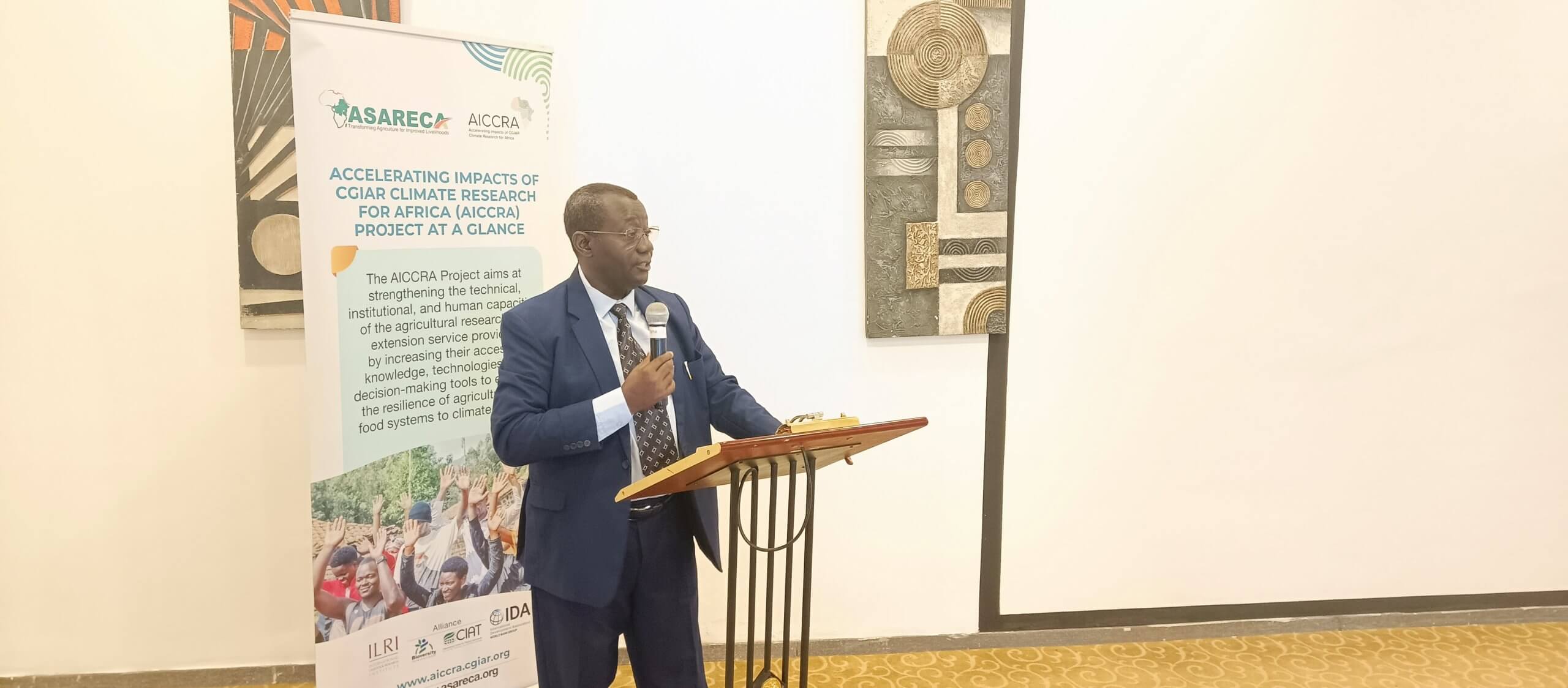
Dr. Baguma noted that the workshop was meant to co-create the regional CSA toolbox to guide the response to challenges of climate change in agriculture.
Manual to enhance capacity for delivery of CSA innovations
Dr. Baguma emphasized that Africa has such an enormous pool of CSA experts that, the continent should not continue to suffer the impacts of climate change, noting that the CSA Manual will go great lengths to enhance the technical, institutional and human capacities, of the agricultural research and extension service providers by increasing their access to knowledge, technologies, and decision-making tools to enhance the resilience of agriculture and food systems to climate change.
“Climate change is real. A lot of resources and materials to deal with the effects of Climate Change on Agriculture exist, but not effectively utilized. We want people to do what ought to be done…that’s the reason we are validating the handbook with agencies that inform design of policy options for CSA and work with our populations,” Dr. Baguma explained. “The Manual will aid the teams on ground to do things in the right way as recommended by research and as informed by verified indigenous knowledge. It will support extension agents, researchers, and policymakers in scaling climate-smart interventions that are technically sound, regionally relevant, and socially inclusive.”
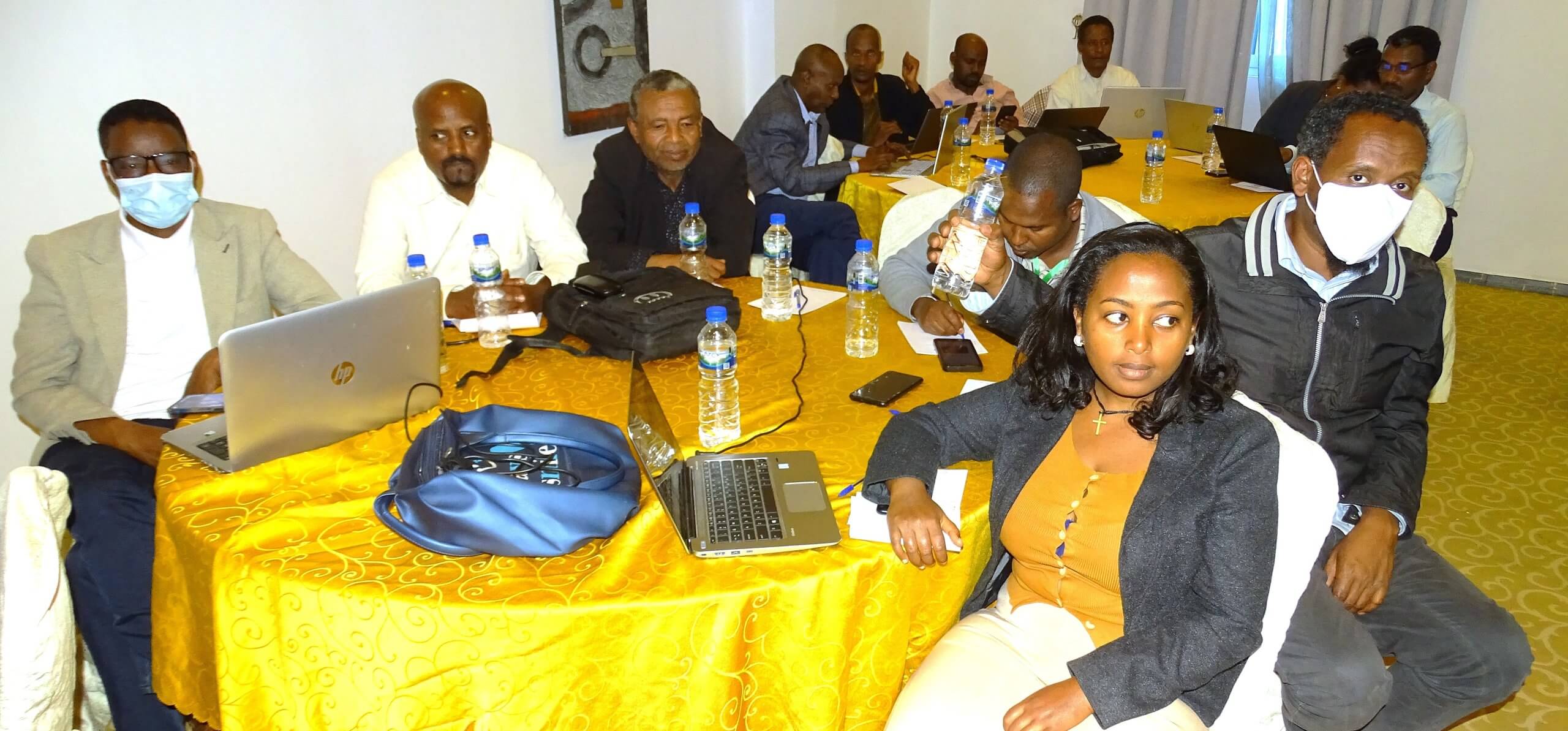
Pooling experts to think and work
ASARECA and partners are leveraging on expertise in Eastern and Central Africa, especially from select agricultural research for development (AR4D) institutions, as is the case with Ethiopia, to review and improve the draft CSA Handbook, ensuring it is technically sound, practical and relevant to regional and national CSA priorities for use by various stakeholders in the sub-region. Running from October 28 to October 31, 2025, the participants reviewed the draft ASARECA Climate Smart Agriculture Handbook, recognized gaps, identified CSA crop, livestock, and environmental priorities and agreed on formats for representing them in the Hand Book.
During the week the participants collated existing knowledge on the current national agroecological maps to guide users on decision trees in selecting appropriate practices. They undertook detailed examination of the current document with a view to provide granular enrichment to its several critical components including: Ensuring gender and social inclusion is well captured and overriding throughout the handbook; introducing farmer centric language and visuals to breakdown rather technical sections; providing simplified summaries, infographics, and pictorial guides to improve accessibility; integrating proven successful systems as models for adoption; including site specific cases for piloting; explicitly tagging practices with the main agroecological zones such as highlands, moist plateaus, semi-arid, and humid areas to enhance local applicability.
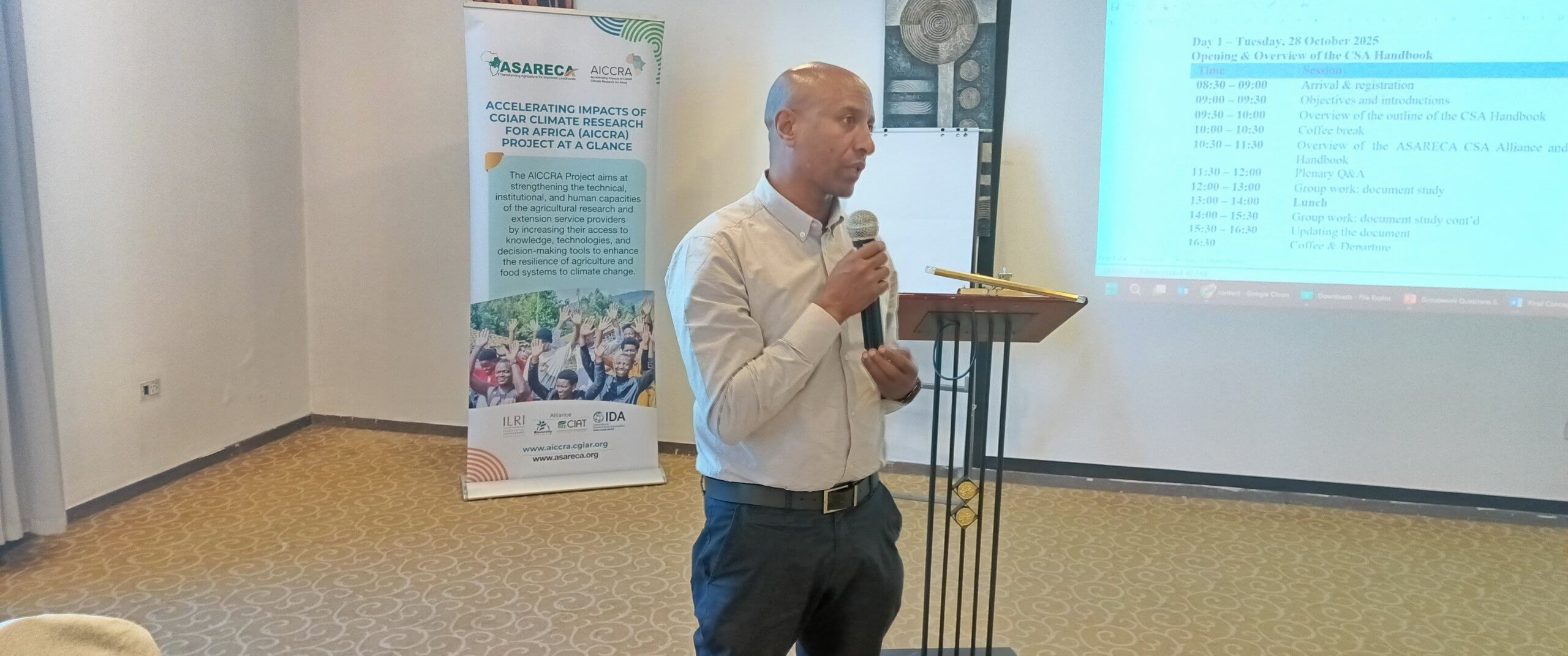
AICCRA Project targets national systems
Addressing participants during the workshop, the East and Southern Africa Regional Programme Leader for the Accelerating Impacts of CGIAR Climate Research for Africa (AICCRA: https://aiccra.cgiar.org) Project, Dr. Solom Dawit, said the AICCRA Project is deliberately working with regional partners such as ASARECA, IGAD, CCARDESA, CORAF to leverage their convening experience, expertise, and direct links with the National Agricultural Research Systems (NARS) to ensure that CSA interventions reach the last mile beneficiaries—mainly the farmers.
“By working with the right stakeholders, we are able to understand the national and regional systems and avoid reinventing the wheel. We want to understand the development agendas and national frameworks of the governments so we can add value and increase efficiency in the delivery of critical outcomes in areas such as soils, water, and commodity crops,” Dr. Dawit said.
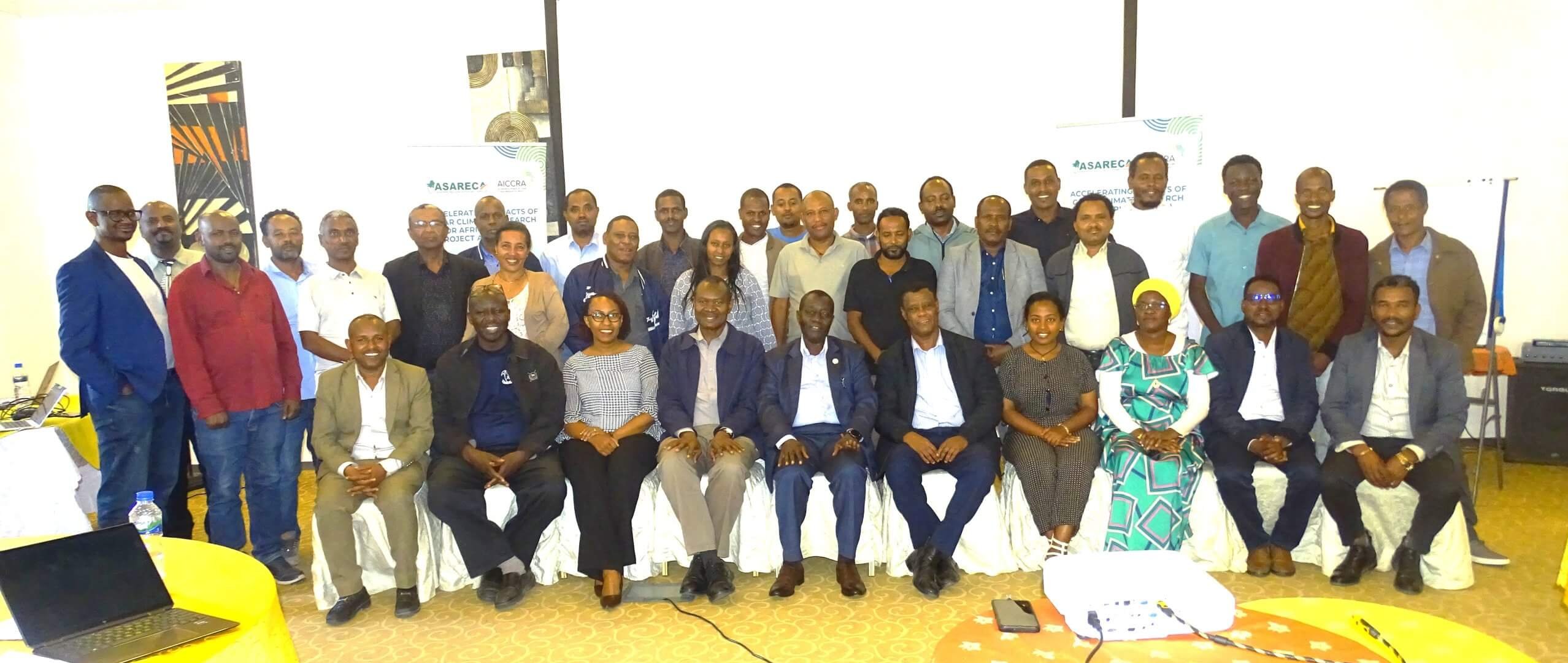
Joint initiative
The stakeholder consultation workshop for the Eastern and Central Africa Climate-Smart Agriculture (CSA) Handbook is convened by ASARECA in collaboration with the Ethiopian Institute of Agricultural Research (EIAR), the Ethiopian Ministry of Agriculture and CGIAR partners, Alliance Bioversity International and CIAT under the AICCRA project.
In his remarks, Dr. Girma Mamo, a Senior Agrometeorologist at EIAR, thanked ASARECA and AICCRA partners for recognizing that the Ethiopian Agriculture ministry, EIAR and critical stakeholders were key in informing the co-creation of the handbook. “CSA was started outside our domain…It has taken long to be well implemented. The good news is that the scientific community in Eastern and Central Africa has seized the opportunity and understood it well. We will make CSA a reality as a region,” Dr. Girma asserted. “We will immediately implement the handbook in other projects as such as the Land/Soil Project, which is due soon.”
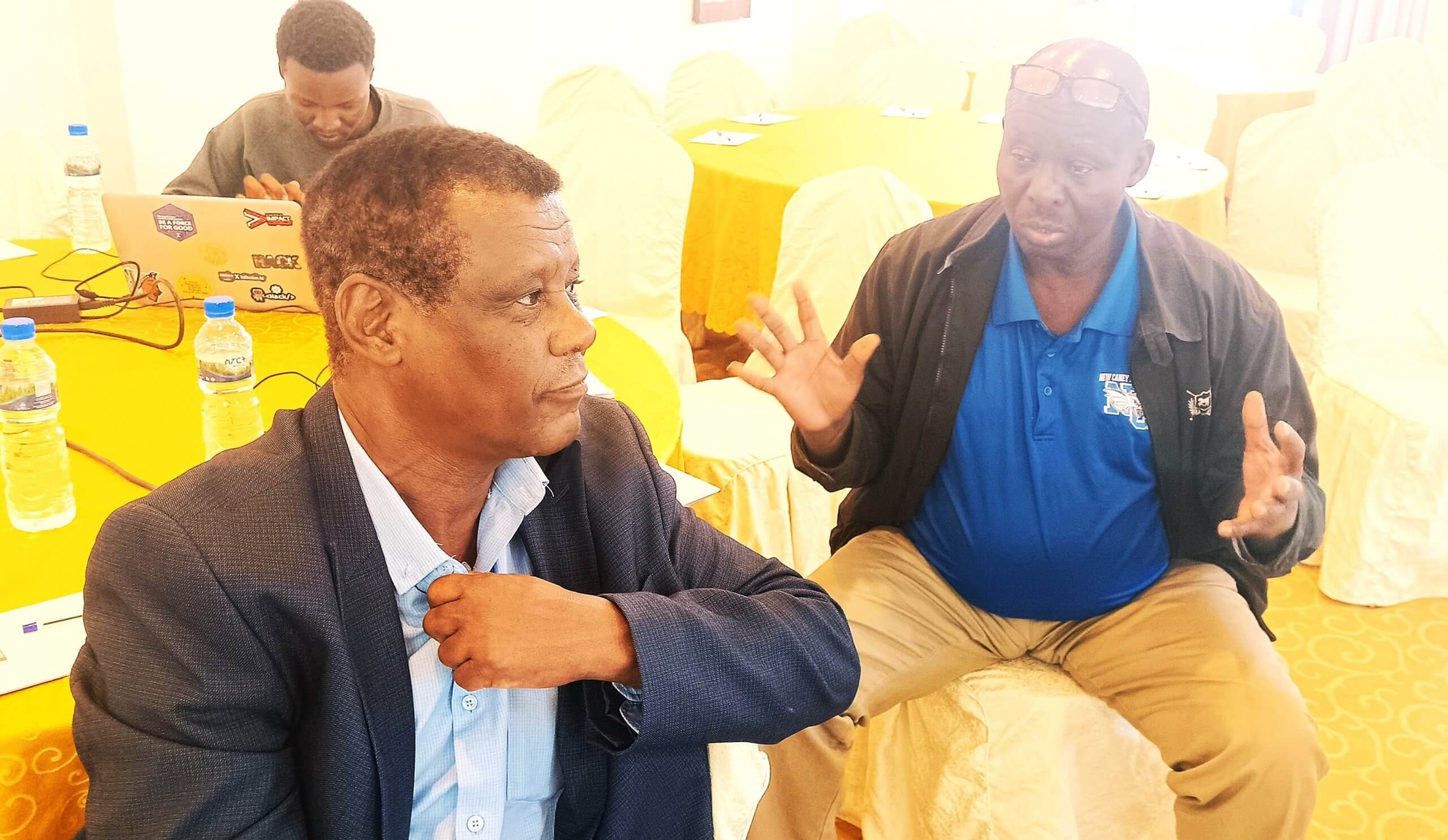
About the Hand Book
The Handbook consolidates proven CSA technologies and practices across member countries, providing a critical knowledge base for scaling up the CSA interventions in the region. It will serve as a reference material for use by service providers of extension services at community level to support utilization and adoption of proven CSA technologies and practices.
According to the workshop facilitator, Mr. Joab Osumba, the Handbook focuses on resource areas that advance agricultural production such as soil, water, energy, and machinery. It is was developed by CSA experts from ASARECA Members States incorporating resource persons from ministries of agriculture, environment, water resources, forestry, meteorological departments, and the National Agricultural Research Institutes (NARIs), as a measure for ensuring relevance and legitimacy with the end in sight to empower stakeholders on ground to implement actions for efficient and sustainable management of critical resources.
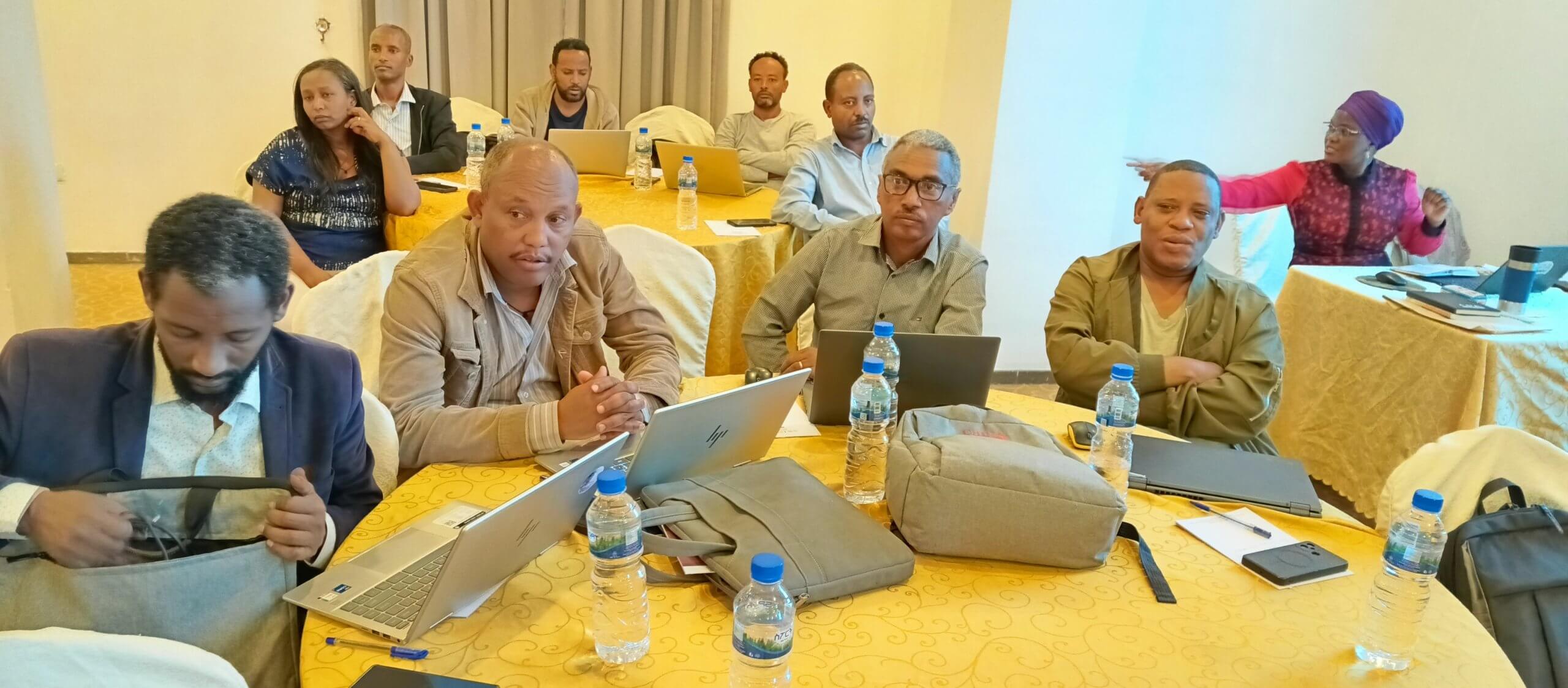
“The handbook is tailored to the ECA subregion, referencing specific countries and their agro ecological zones. It has both regional and localized dimensions. At the local outlook, agro-ecological zoning of technologies is intended to be site specific” Mr. Osumba explained. “It serves as a practical reference material for extension, farmer trainers, NARI led CSA initiatives, as long as it undergoes further adaptation for usability.”
ASARECA at the lead
According to Dr. Joshua Okonya, the Programme Officer for Technologies and Innovation, ASARECA, the CSA handbook was first mooted in 2022 by the Steering Committee of the ASARECA Climate Smart Agriculture Alliance (ACSAA) as one of the tools to boost uptake of CSA Technologies, Innovations and Management Practices (TIMPs), lead and synchronize regional CSA efforts, promote exchange of relevant information and experiences, secure and channel essential funding for CSA activities, and address emerging climate related AR4D challenges.
“It provides us a foundational tool for scaling CSA by addressing critical gaps through standardization, establishing common definitions, and best practices for the ECA subregion,” Dr. Okonya explained. “It documents existing Multi stakeholder platforms at national and sub-regional level, provides a verified list of proven TIMPs, detailing major climate hazards and solutions available to address them.”
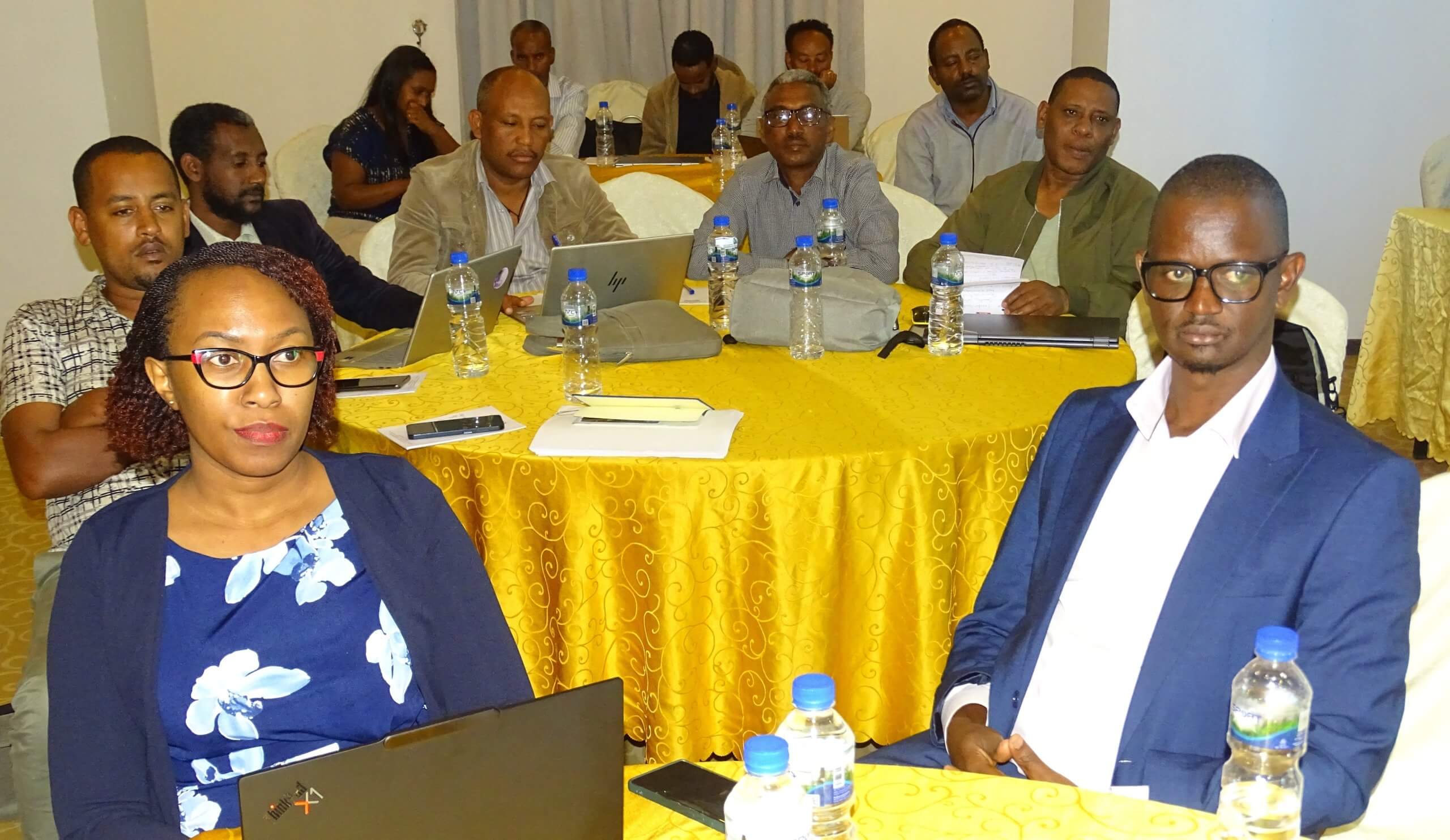
Dr. John Recha, a Climate-Smart Agriculture scientist with the AICCRA Project based at ILRI, commended the dedication and depth of input from the participants in reviewing the Regional CSA Handbook. He noted that the team’s efforts have greatly enriched the document, ensuring that it reflects practical realities on the ground. “The Handbook comes at a critical time to guide practitioners across Eastern and Central Africa in making informed decisions that tailor CSA practices and technologies to specific agroecological zones and socioeconomic contexts,’ Dr. Recha emphasized.”
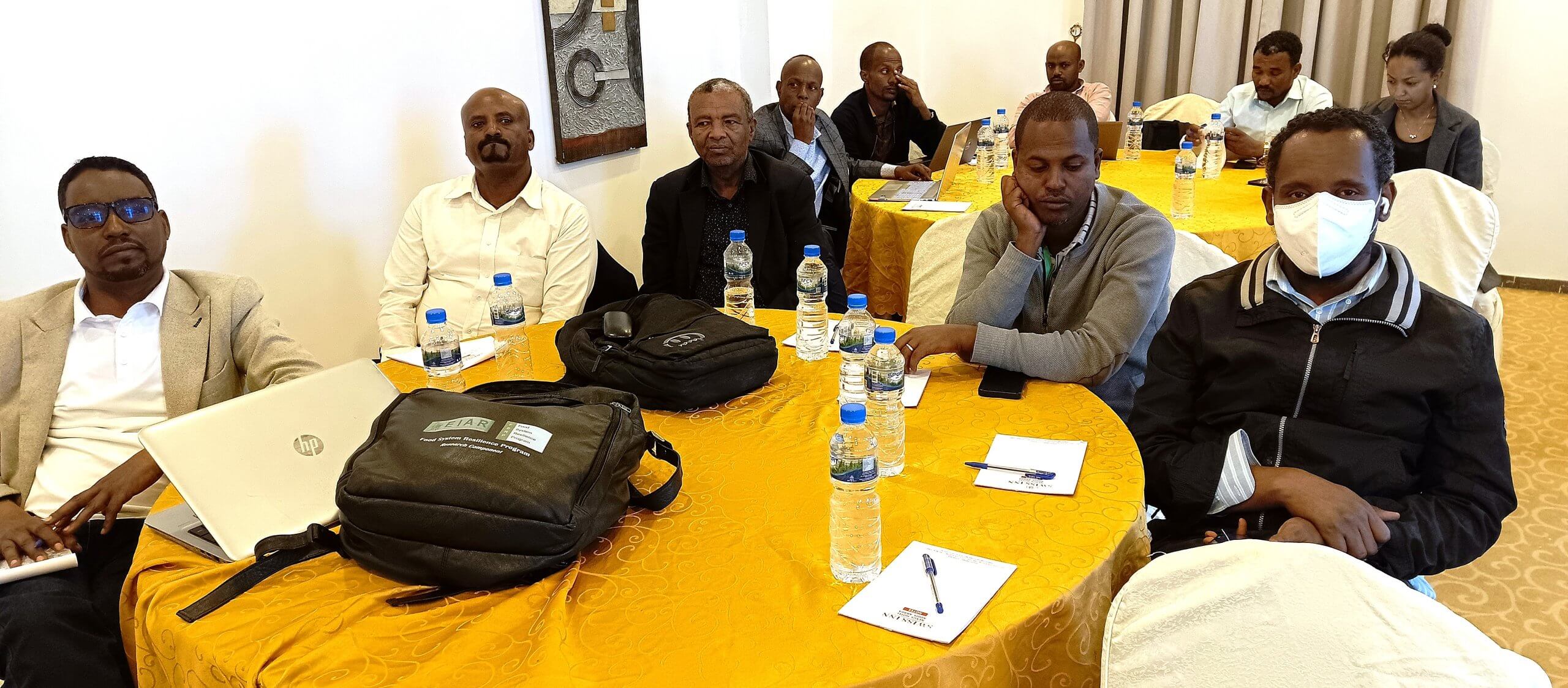
CSA Priorities which must be captured in the manual
As the workshop came to a close on October 31, 2025, the multidisciplinary CSA researchers came out with quite comprehensive priorities for inclusion in the handbook. Some of the priorities include:
- Climate Smart Agriculture Technologies, Innovations and Management Practices including:
- Soil and water conservation technologies such as vetiver hedgerow in high rainfall areas, which is known for reducing erosion and conserving soil.
- Integrated soil fertility management technologies and innovations including use of organic fertilizers such as compost, farm yard manure, and green manure.
- Soil fertility management with a focus on conservation agriculture practices such as minimum/zero tillage tools including rippers and jab planters to reduce soil disturbance, conserve water, and reduce labour requirements; and use of site-specific nutrient management options such as organic, inorganic, or combined choices.
- Proactive drought-tolerant and early-maturing crop varieties to increase the physical capacity of the farming system to withstand shocks.
- Water management innovations in small-scale irrigation systems such as drip irrigation, sprinklers, small pumps, and rain water harvesting through community-based ponds and rooftop systems.
- Livestock management innovations such as improved forages/pasture management including establishing forage plantations through sowing of legumes/grasses on grazing land; and improved forage development for alfalfa, brachiaria, and vetch to reduce environmental impact, enhance ecosystem resilience, and increase feed quantity/quality, which helps reduce greenhouse gas emissions.
- Feed and fodder conservation innovations to bridge deficits during extreme weather through hay making as a key adaptation measure against drought, and silage making from fermented green crops to increase productivity, mitigation and adaptation.
- Improved animal breeds technologies through genetic improvement to increase efficiency through selective breeding for high productivity and decrease greenhouse gas emissions, and crossbreeding to enhance resilience, adaptation, and improve productivity.
- Energy management, focusing on solar energy innovations such as small-scale, climate-smart solutions including solar water pumping for irrigation/livestock, solar dryers, cold rooms/chillers for dairy/fish/meat, and lighting.
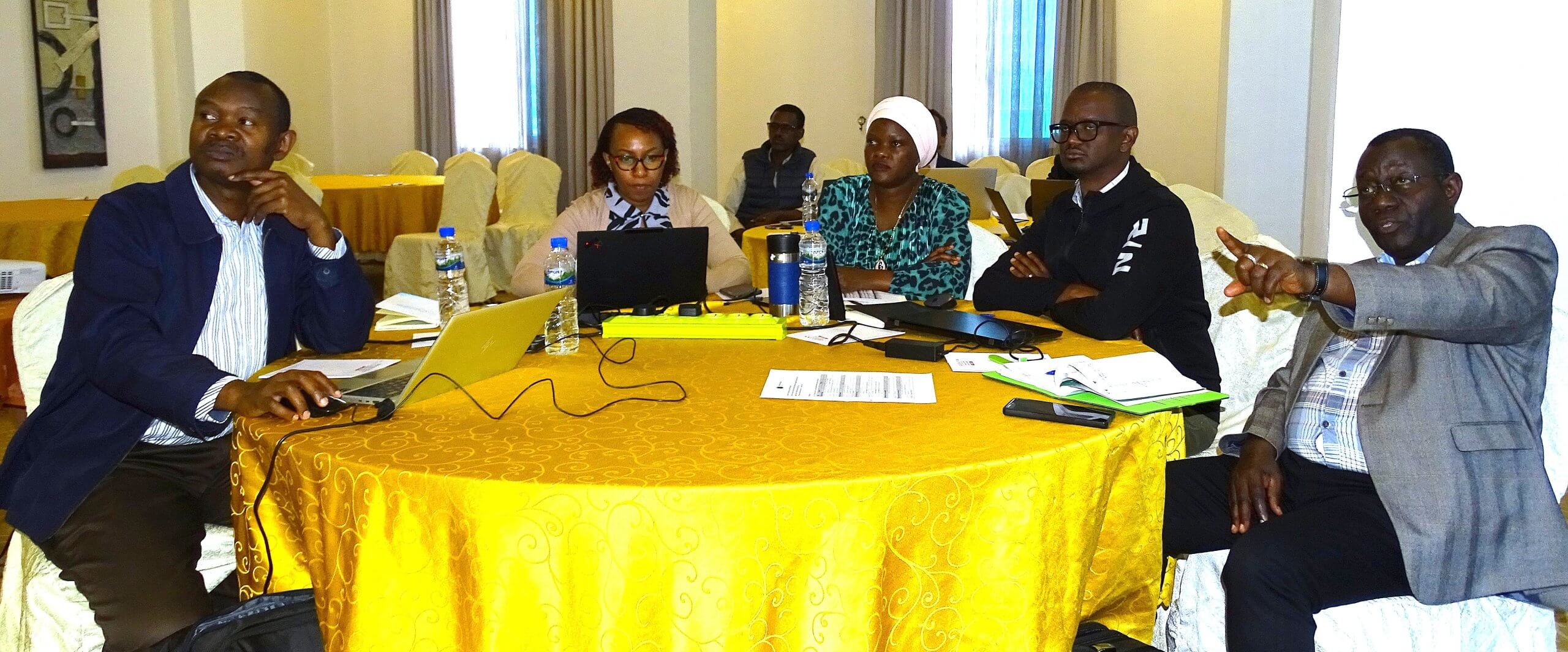
- Enabling environment and management practices including;
- Early warning systems and climate information services as proactive risk strategies that allow farmers to take preventive measures and by establishing feedback loops to improve the accuracy of the systems.
- Digital/precision agriculture through soil mapping, digital extension and positioning youth as digital champions and service providers.
- Risk sharing and transfer mechanisms through insurance as both proactive and reactive mechanisms by utilizing index-based livestock insurance to offer early payout to herders based on a weather forecast, and implementation of joint insurance contracts for both male and female household heads to ensure gender financial inclusion.
According to ASARECA Programme Officer for Policy and the Manager of the AICCRA Project at ASARECA, Ms. Julian Barungi, the handbook provides the ECA region a focus for CSA investments. Going forward, the draft handbook will be reverted to the technical editorial committee for integration of inputs and for finalization. It will be published at the end of this year, 2025.
